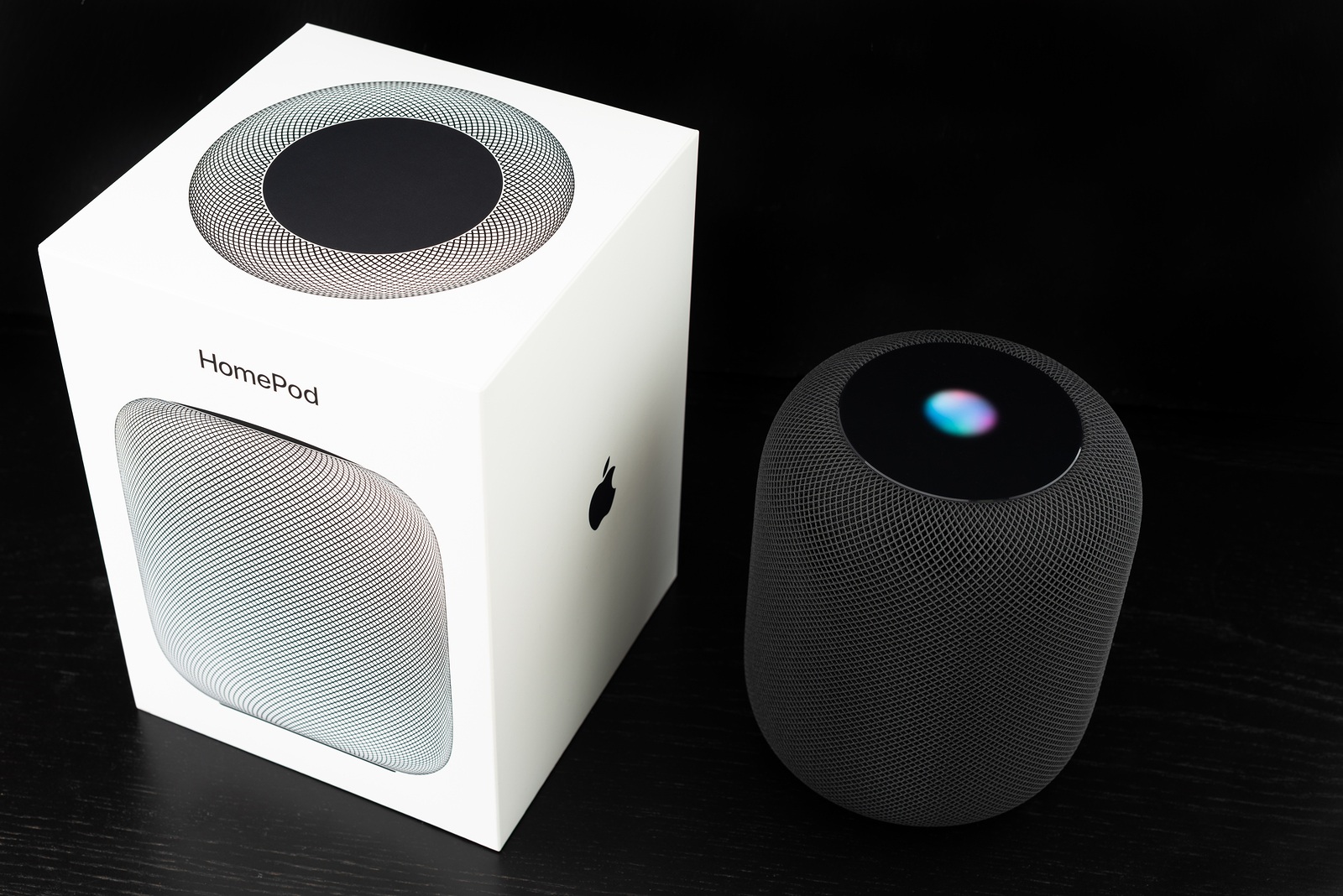Apple is working on a new product called AirTag. The accessory is designed to protect important items such as keys, handbags, wallets and the like from loss by tracking the respective items for the user. We have summarized everything we already know about AirTag for you below.
Where is my keychain? Where is my handbag? Where is my laptop bag - and where is my jacket again? For heaven's sake - where is my wallet? Many people know it - important things are quickly misplaced and the search begins, preferably within their own four walls. There are solutions for this, such as those from Tile - a small tracker on the respective object and the days of searching are over. But Apple is also planning such a solution and this is where "AirTag" comes in. A small smart tracker that is intended to make it easier for the user to search for lost objects. The product was first discovered in the summer of this year thanks to an early iOS 13 beta. Over the last few months, more and more clues have appeared in individual iOS 13 versions. These discoveries have helped to reveal more about how "AirTag" works.
What exactly are AirTags?
But some fans still ask the question, what are AirTags? Apple's AirTags are small trackers that can be attached to various objects - as already described above. This accessory is by no means a new invention. But Apple wants to market them as a useful accessory - so they should have more to offer than competing products such as Tile or Adero - at least on a design level. The probably biggest advantage is the deep integration into Apple devices. This makes management much easier. Whether macOS, iOS or iPadOS - the "Find My" app is available on all three systems.
How do Apple AirTags work?
Yes, the functionality of the AirTags was revealed by an extensive leak in an earlier iOS 13 version. The AirTags are paired with an iPhone during setup and connect directly to an associated iPad and Mac automatically using iCloud - however, this requires the same Apple ID on all devices. If the user wants to find out the location of their bag, they must open the "Find My" app on one of the Apple devices mentioned above and tap the corresponding area. The position of each individual AirTag can now be precisely tracked.
How are Apple AirTags managed and tracked?
According to an iOS 13 leak, users of such trackers will be able to store corresponding items in the “Items” area under iOS 13, iPadOS 13 or macOS Catalina in the “Where is?” app - from there, all management and monitoring of the individual “AirTags” takes place. If the “Item” menu item is opened, three categories appear - “People”, “Devices” and “Objects”. New “AirTags” can be added using the “Items” button. If the setup area is expanded, a note appears. It says: “Keep track of your everyday objects - mark your everyday objects with B389 and never lose them again.” The tracking of the objects is carried out as already described above via a map in the “Where is?” app. Lost “AirTags” are displayed on the map with an address.
What happens if an item with an AirTag is completely lost?
If, for example, you lose your wallet, there is a solution for this too. The user can use the "Where is?" app to make the AirTag ring using a special button. Of course, this only applies if the lost item is nearby.
AirTag gets lost in public – what now?
When users attach an AirTag to their wallet or bag, there is always the risk that the item will be lost somewhere outside. In the worst case, the lost AirTag is no longer near its owner. The alarm would therefore no longer be of any help. But Apple has a practical solution for this too. If this is the case, the user can put the AirTag into lost mode. As soon as another iPhone user with iOS 13 or later is nearby, they will receive a message with the owner's contact information to inform them about the found item. At the same time, however, the actual owner of the lost AirTag will also receive a message that it has been located by another iPhone. This is made possible by the integration of Bluetooth - however, the function requires iOS 13 or later. But there is another option.
Search for AirTags using Augmented Reality
However, the iOS 13 code has revealed another search option. It seems as if the feature can access Apple's ARKit. This allows users to search for lost items using augmented reality. If you activate this search option, the following message appears:
“Walk around several meters and move your iPhone up and down until a balloon appears in sight.”
Accordingly, the location on the iPhone is visualized by this marking.
Can the location of AirTags be narrowed down?
Yes, users can determine the location of individual AirTags if they wish. For example, their own home can be specified as a safe place. As soon as the object leaves its restricted location, the user receives a notification directly. The location of an AirTag can also be shared with friends or family members.
How accurate are AirTags?
This question - like all previous ones - can currently be roughly answered based on a beta code. It can currently be assumed that AirTags can be located more accurately than competing products such as Tile. So: Previous leaks and rumors indicate that Apple's tracker has ultra-wideband technology - which is also known to be present in 2019 iPhones. Ultra-wideband (UWB) is a power-saving radio technology for short ranges, but enables very precise location determination - especially indoors.
Design – What will the AirTags look like?
A final design of the AirTags is not yet known. However, during the beta phases and an internal iOS 13 build, clues were found that provide a rough picture. According to this, the AirTags could be small, round and fairly flat objects that can possibly be stuck or hung on objects. They will probably appear in a white case with the Apple logo on the front.
price and release date
The question of price can currently only be answered with speculation, as there is no indication whatsoever. Competing products range between 20 and 40 US dollars. Accordingly, Apple could enter in the same range or a little higher. The question also remains open as to whether there will be packages with several AirTags at a reduced price. The question of a release date cannot be answered any more than the price issue, as there is no indication of a specific time period. The fact is that the AirTags have been included in iOS 13 since summer 2019, but that does not mean that they will appear in the foreseeable future. Apple may not plan a presentation until next year. Finally, I would like to emphasize once again that all information so far is based on iOS 13 leaks - however, this is not a confirmation of the final version, as Apple could change functions or remove them completely at any time. (Photo by palinchak / Bigstockphot)





